It is fun to experiment, and to learn. I think one of the (many) exciting things about film photography, at least to me, is the anticipation just after developing the film and looking at the negatives for the first time.
These particular experiments were not necessarily planned. Wendell Cheek, also a reader of this blog, contacted me after reading one of my recent blogs on Rollei films via Instagram. Wendell asked me if I would be interested in comparing some of his expired 35mm film stocks and write a blog post about it. He said the film has been bulk loaded, and stored in the freezer for the last 40 years! Of course, I was intrigued, and a week later I received several rolls of 135 film from Wendell. It was perfect timing as the next day I was leaving for a short trip to the Minnesota North Shore.
I thought it would be fun to share some of the results. Lately, I have been particularly fascinated by “slow” / low ISO films and have been exploring many different film stocks (in particular Rollei 80S, RPX 25, and Ilford Pan F 50). And I have been focusing on B&W exclusively. So, it was great to see that two of the three films Wendell shared with me were low ISO German made B&W films, namely the Agfa Pan Professional 25, and the Adox 20 KB14. In order to compare the two film stocks with a more modern sibling, I exposed a roll of 135 Rollei RPX 25, one of my favorite 135 B&W film stocks.
After doing quite a bit of research, I thought I’d try Rodinal (Rollei Compard R09 Spezial, which is same as Agfa Rodinal Special) as the developer of choice for these low grain films and this little experiment. Rodinal has been around for a long time, and I figured that there should be some historical data somewhere on how develop those films. Also, if traditional (intermittent agitation, relatively short development time) development would not give good results, I could transition to (semi) stand development without having to switch developers.
After development in a standard Patterson tank, negatives were scanned using a DSLR (Nikon D850, Nikkor 105mm 2.8 Macro) and processed in Lightroom using Negative Lab Pro 2.0. The adjustments in Lightroom were kept to a minimum in all samples: I increased the contrast consistently in all negatives, and adjusted brightness in Roll 1 of the Adox film. While I was tempted to adjust white & black points in the shots below, I refrained from doing so for purposes of comparison.
Here some 35mmc blog posts that relate to this one that I’d like to recommend (I am sure there are many others I missed, so please search the blog for more and let me know if I should more links of existing posts to this one!):
The virtues of the M3 – by Steven Bleistein
5 frames with expired film – by Jeff Pritchard
5 frames with Ilford Delta 100 (expired in 2006) – by Simon King
Film 1: AgfaPan Professional 25 – Expired 1980
About Agfa
Agfa has a complicated corporate history and was founded in 1867 in Berlin, Germany.
(Feel free to skip this section on Agfa’s corporate history below, but I think it’s an interesting, and relates to the Rollei brand as well:
After WWII, Agfa AG, in 1952, as a wholly owned subsidiary of Bayer, was subsequently merged with Gevaert based in Mortsel, Belgium in 1964 to form Agfa-Gevaert. Agfa-Gevaert film products were sold under the AGFA ‘rhombus’ brand. The plant in Mortsel specialized in commercial films including aerial films and Leverkusen in consumer films. Following a public offering in 1999, Agfa-Gevaert Group became independent from Bayer. The consumer film division, Agfa in Leverkusen, Germany was spun off into a new company AgfaPhoto in 2004. This was a time of significant challenges to the traditional film market, with subsequent closure of the Leverkusen plant in 2005. Production of aerial films continued at the Agfa-Gevaert, Mortsel plant some of which have been subsequently converted for retail sale by Maco Photo Products. Note that some of Agfa’s aerial films have now been re-branded under the Rollei brand (Rollei’s 80S film is a re-branded Agfa film!).)
The photographs below were captured handheld with my Leica M3 with either a 50mm Summicron f2 v3 or a 90mm 2.8 Tele-Elmarit. I metered using the sunny sixteen rule and/or Sekonic L-508 light meter.
I thought the Leica M3 is a good match for these 3 films. All those nature shots were taken after a day of snowfall in early March this year (2020) at the Lake Superior North Shore in Minnesota (close to Grand Marais, MN). (By the way, the title image of the M3 was taken with a Nikon FE and the 40 year old Adox 20 KB14 using semi-stand development using Rodinal).
This film is a panchromatic cubic grain film. It was manufactured until about 1989 (according to wikipedia) and then replaced by Agfa APX 25. After some digging, I found some useful development information in this forum post: http://www.film-and-darkroom-user.org.uk/forum/archive/index.php/t-12104.html It was suggested to develop the film for 8-10 minutes in 1+50 Rodinal (or semi-stand development). The film manufacturer AGFA apparently recommended 9 minutes Rodinal 1+50 at 20 degrees. I decided to go with 10 minutes as the film was expired, a somewhat arbitrary decision.
Below are the results. I was quite pleased with the overall look, detail and sharpness of the film. Most of the negatives of the roll gave a similar look, and result. Perhaps they are a little bit flat, but I tried to keep the adjustments to a minimum, and they could of course easily be tweaked more in Lightroom (or Photoshop) for a more dramatic look if need be. I would say not bad for a 40 year old film!
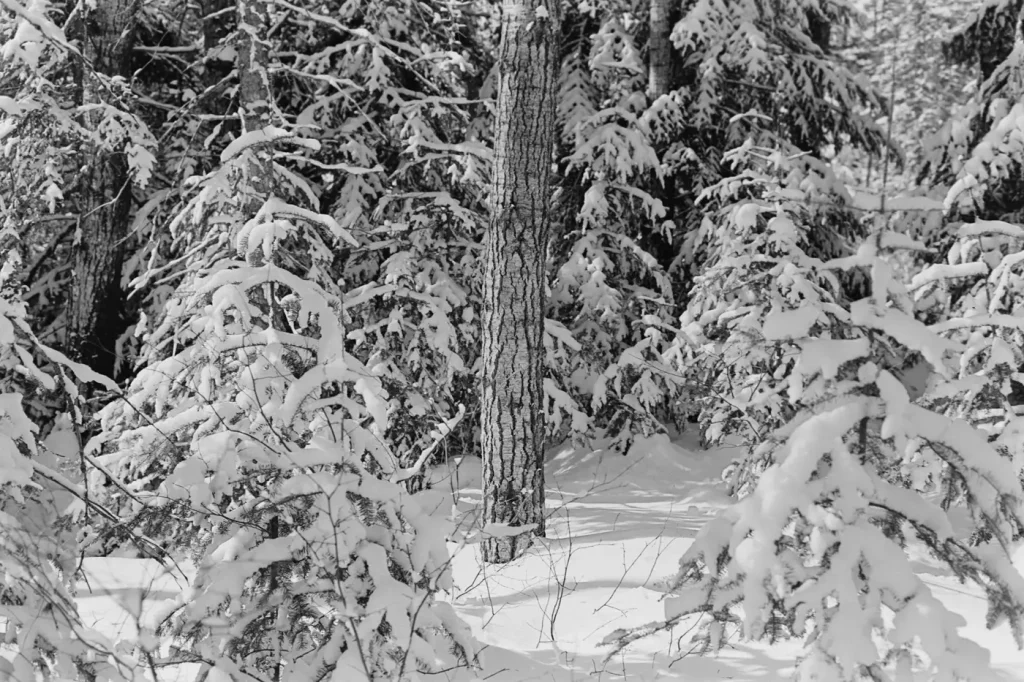
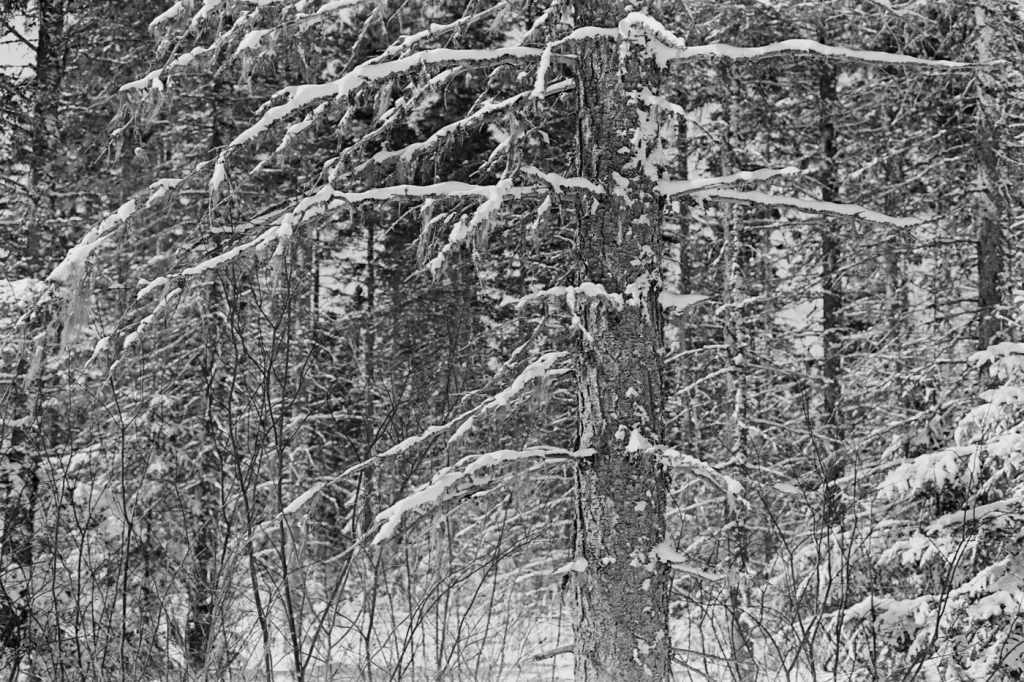
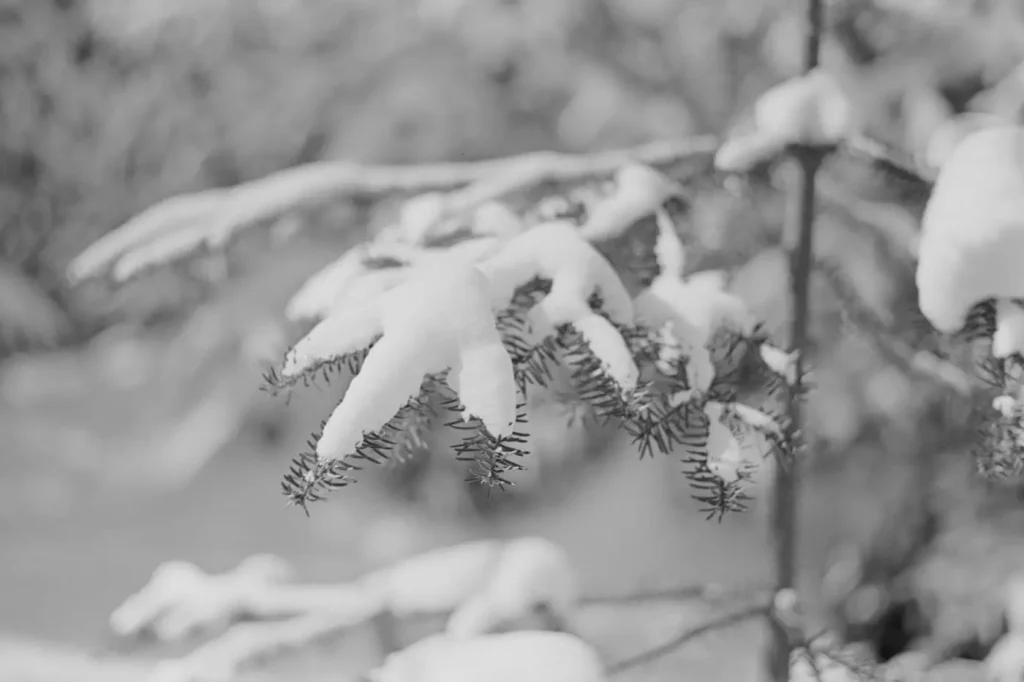
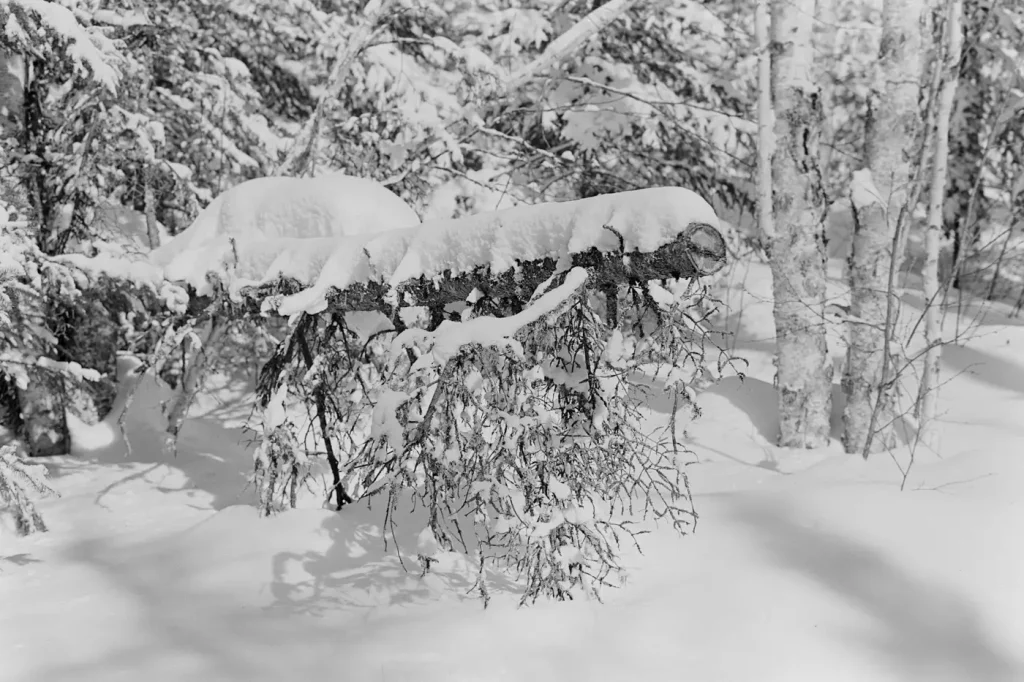
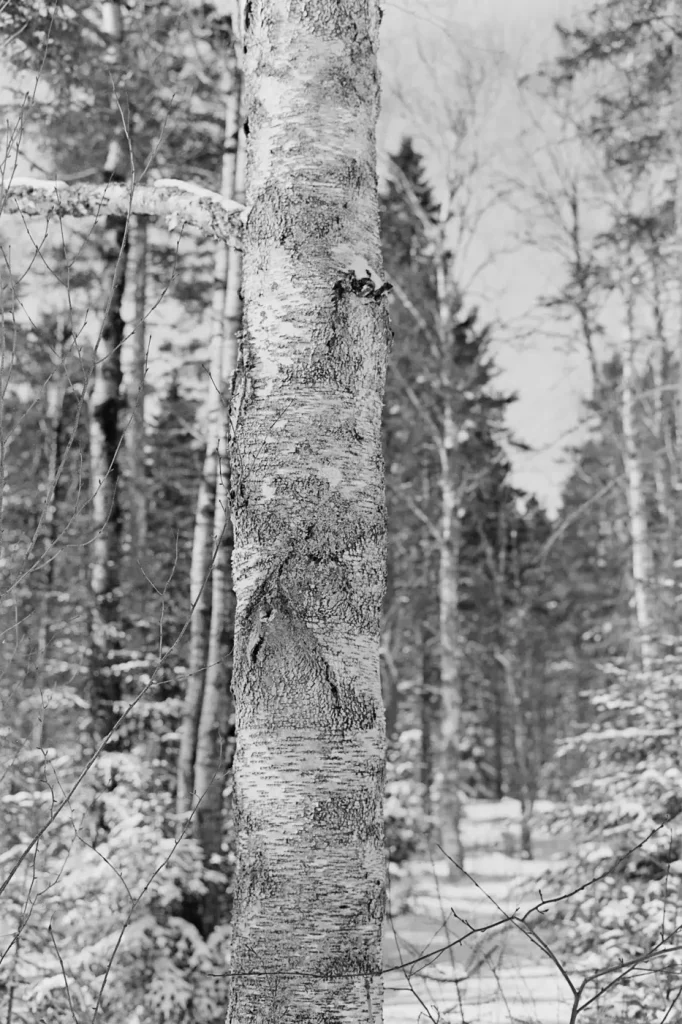
Film 2: Adox 20 KB 14 – Expired 1979
About Adox
According to wikipedia, Adox was a German camera and film brand of Fotowerke Dr. C. Schleussner GmbH of Frankfurt am Main, the world’s first photographic materials manufacturer. Adox launched its revolutionary thin layer sharp black and white KB 14 and 17 films. Apparently US distributors referred to this film as the “German wonder film”.
In the 1970s Dupont, the new owners of the ADOX brand, sold the recipes and machinery of the film (but not the brand name) to Fotokemika in Croatia who continued to produce the films according to the 1950s ADOX formulas under the Efke brand.
Roll 1
The photographs of Roll 1 were captured handheld with a Leica M3 with either a 50mm Summicron f2 v3 or a 90mm 2.8 Tele-Elmarit. I metered using sunny sixteen and/or Sekonic L-508 light meter. All those photographs shots were taken a few weeks ago in Grand Marais, Minnesota.
This film was I believe manufactured sometime in the 70s. It is an ortho-panchromatic classic 1950s single layer emulsion film according to wikipedia. ISO is 20. It was also marketed by EFKE KB 14 and the massive development chart had an EFKE 25 ISO film listed with a Rodinal recipe. For Rodinal 1+50, they suggested 8 minutes / 20 degrees, I decided to add another minute = 9 minutes.
Here are the results.
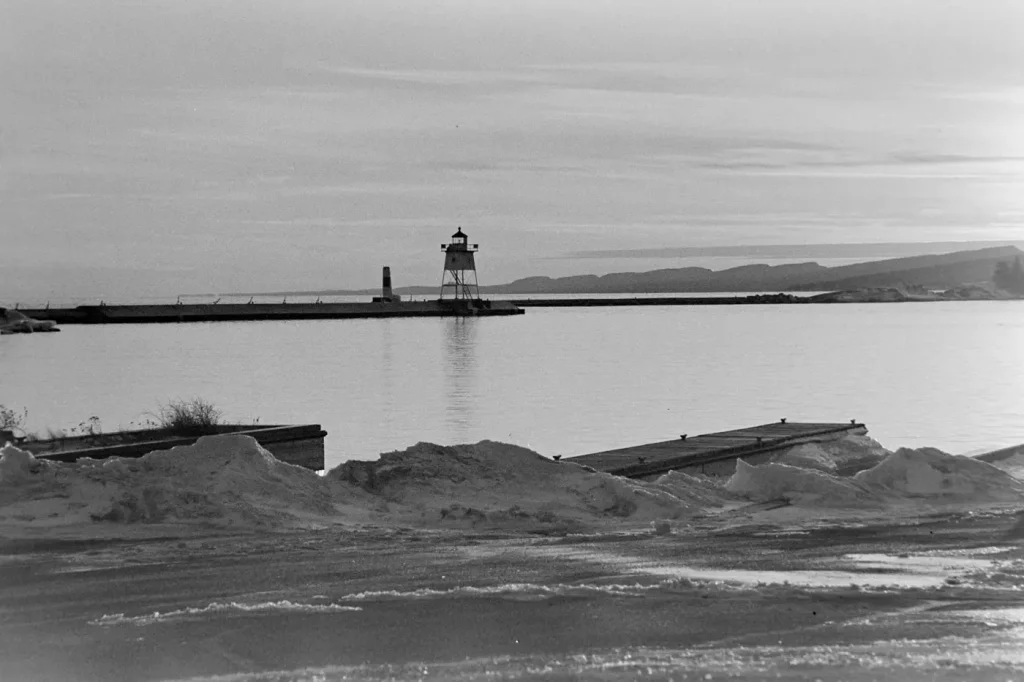
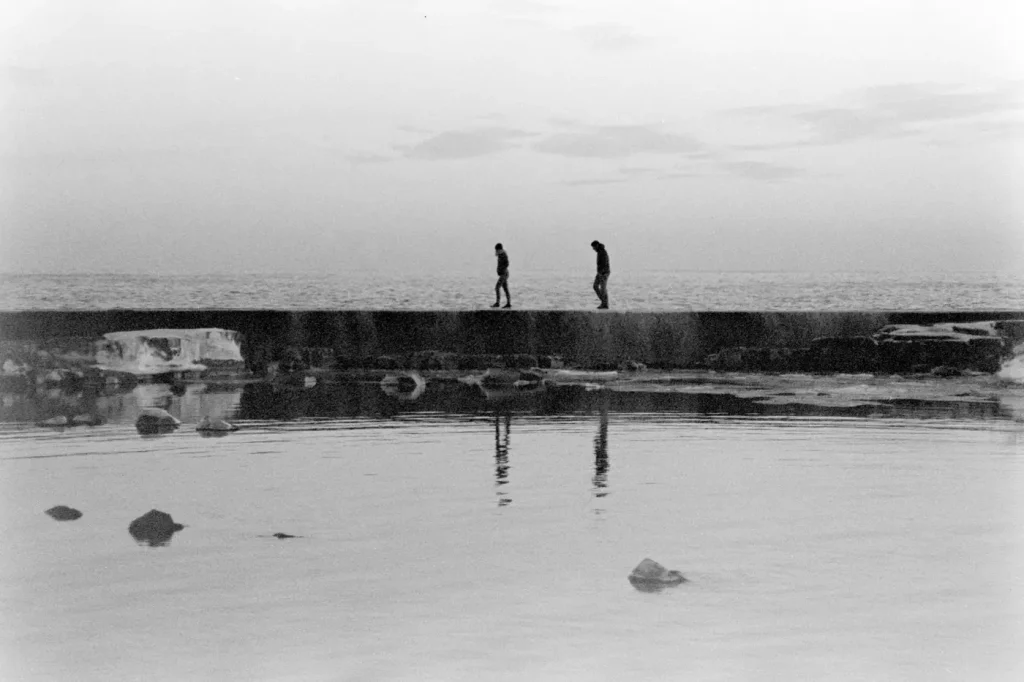
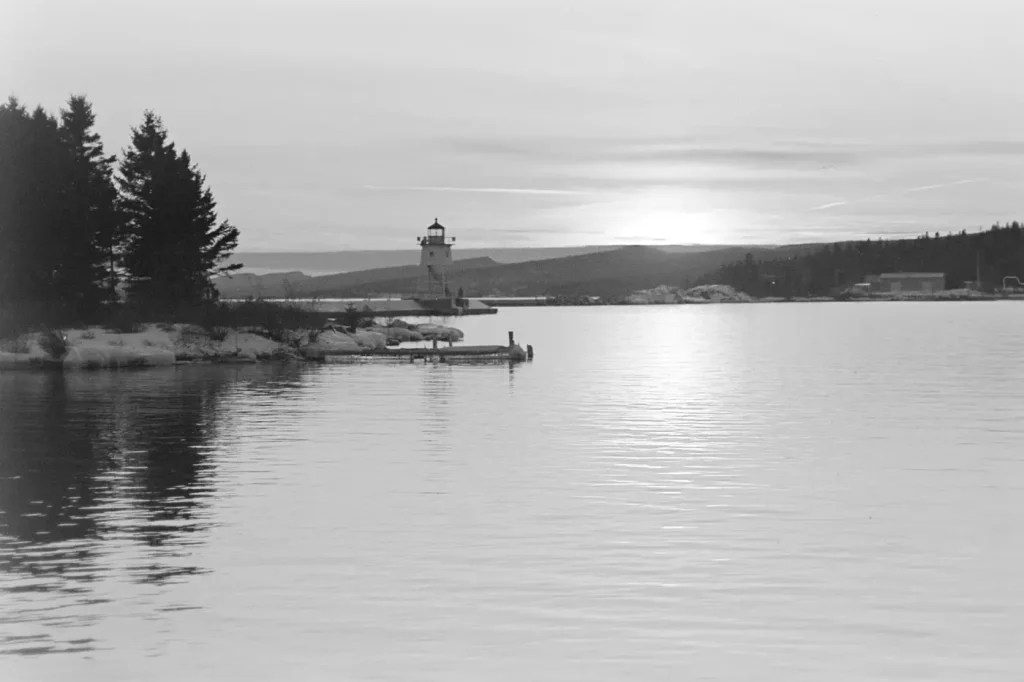
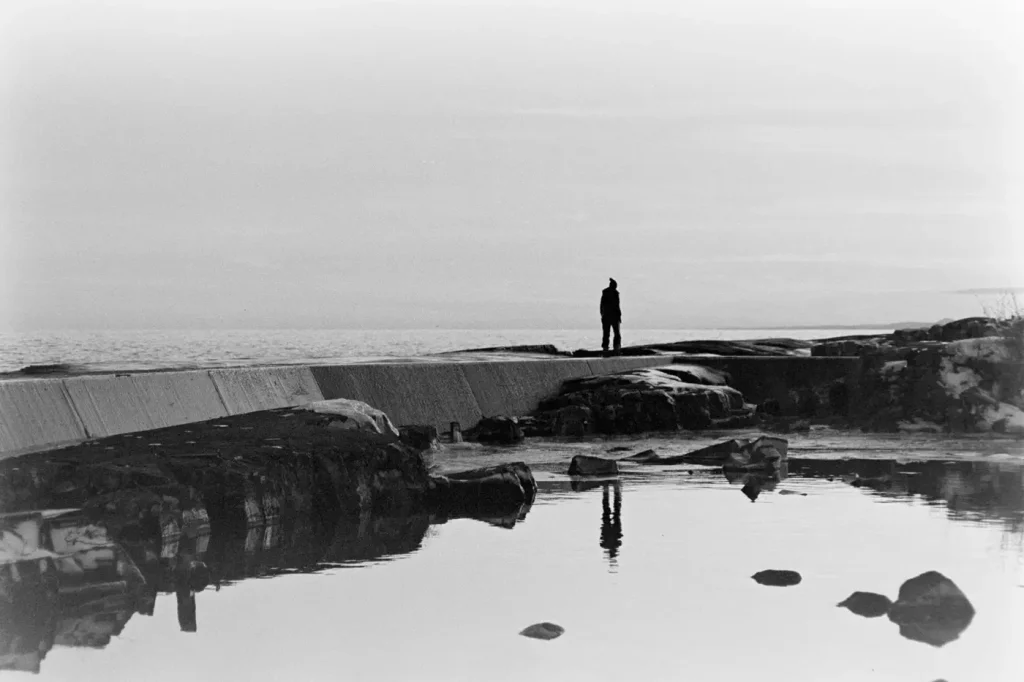
Overall, the negatives looked quite flat to me and there was definitely more grain than in the Agfa film. My sense was that the negatives overall were underexposed although I used the same exposure method as for the Agfa film above and was even using the light meter more due to the more challenging lighting conditions (high dynamic range). It probably was not an ideal comparison with regards to subject selection, but this is simply an experiment, and not a scientific study. I am sharing some of the better shots of the roll, and overall, the results were clearly not as consistent across the board as with the Agfa.
Roll 2
Since the initial results with the first roll of Adox were only okay, I decided to expose another roll of the same film under home studio conditions. This time the Leica was not taking the pictures, but was the subject! The macro photographs of the M3 were captured using my trusty Nikon FE on a tripod (Sirui) with a Nikkor 28mm 2.8 lens with a macro extension tube.
As this first roll of Adox film looked underexposed (although I think I exposed correctly), I decided to expose the film +2 stops in camera, and then also switch to semi-stand development. For this, I used again Rodinal 1+50 (60 minutes, 1 minute agitation, brief agitation at 30 min).
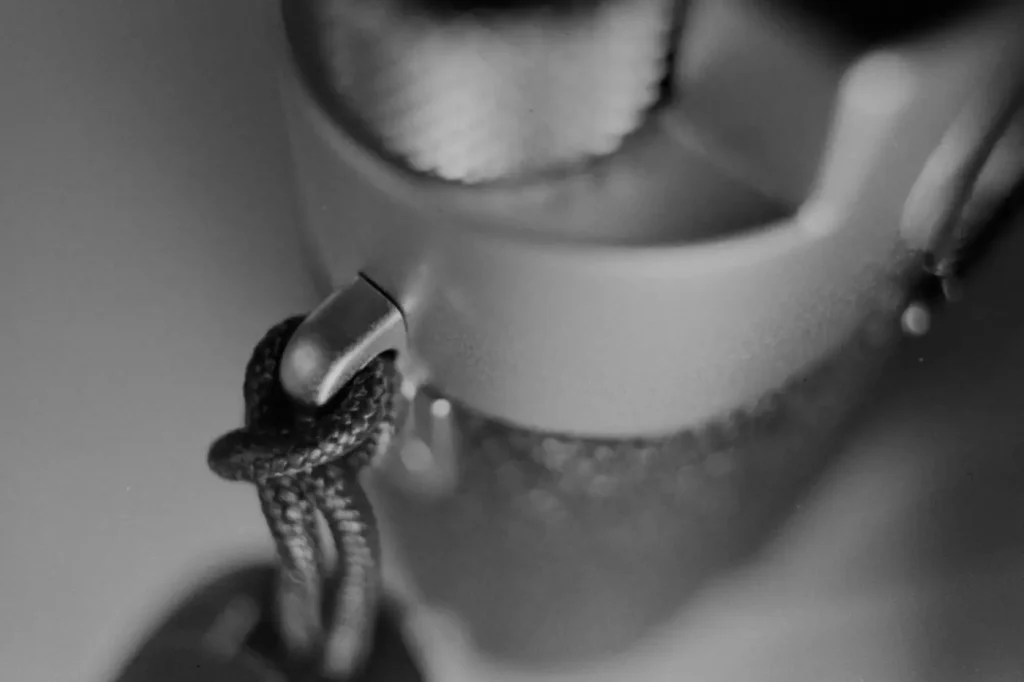
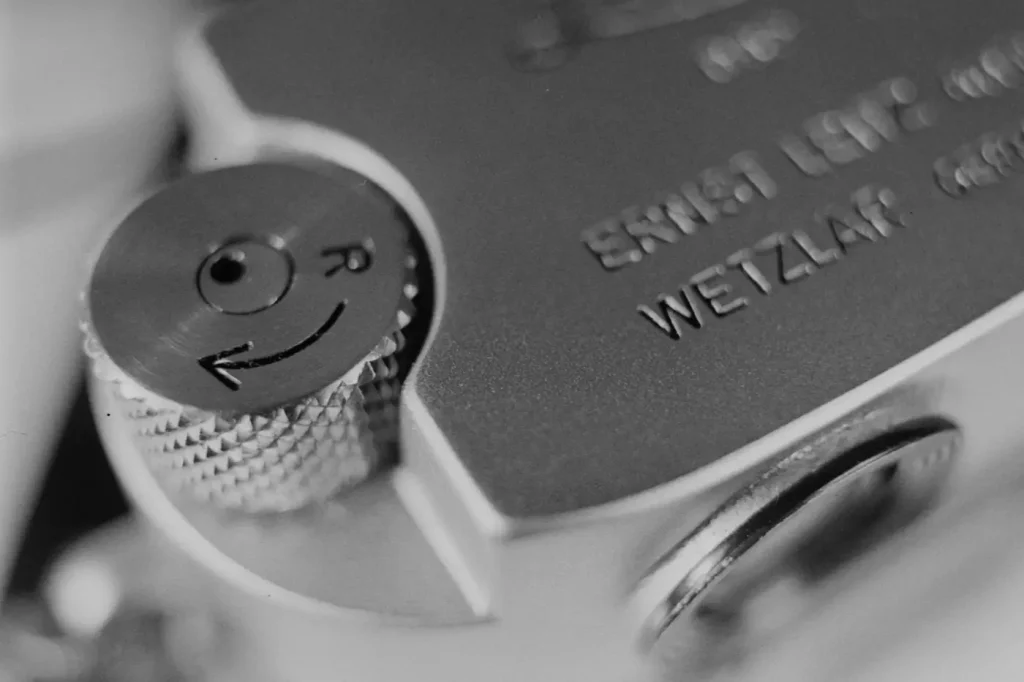
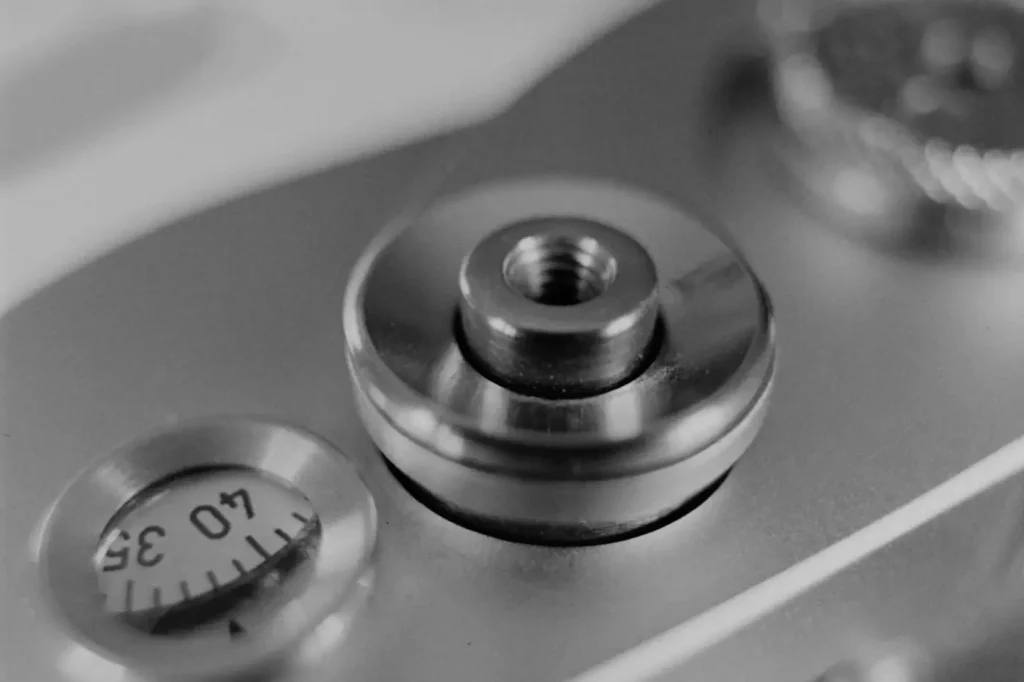
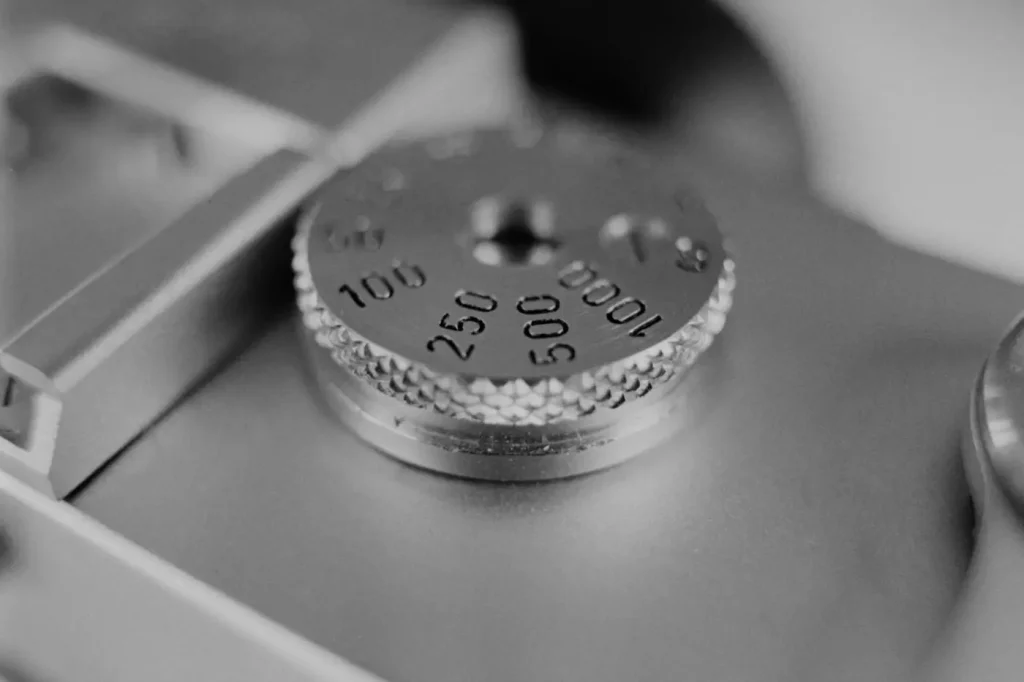
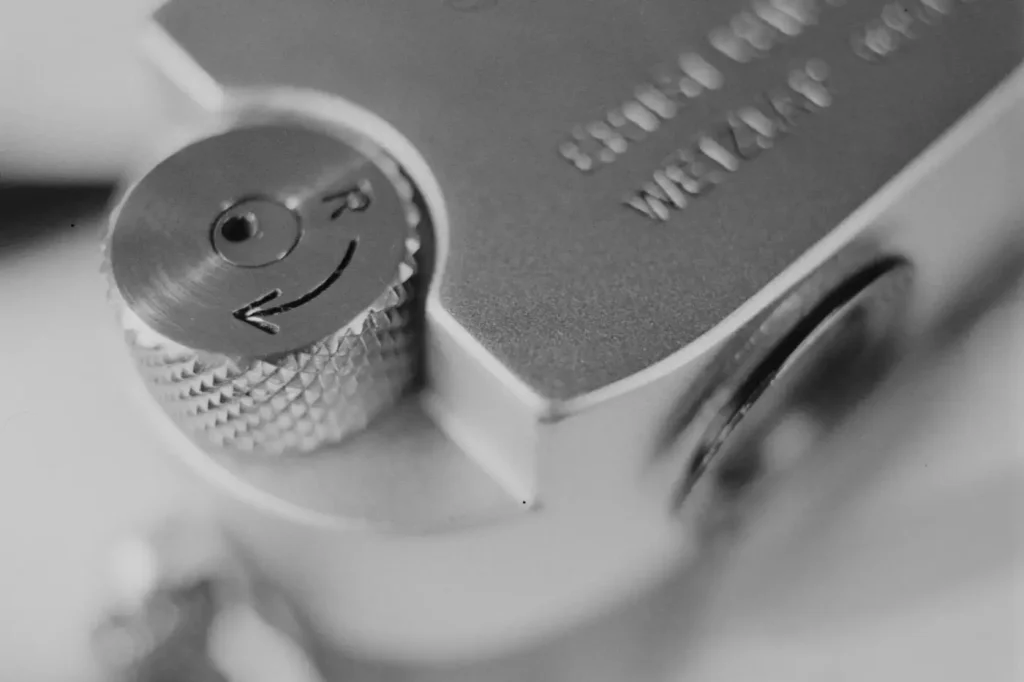
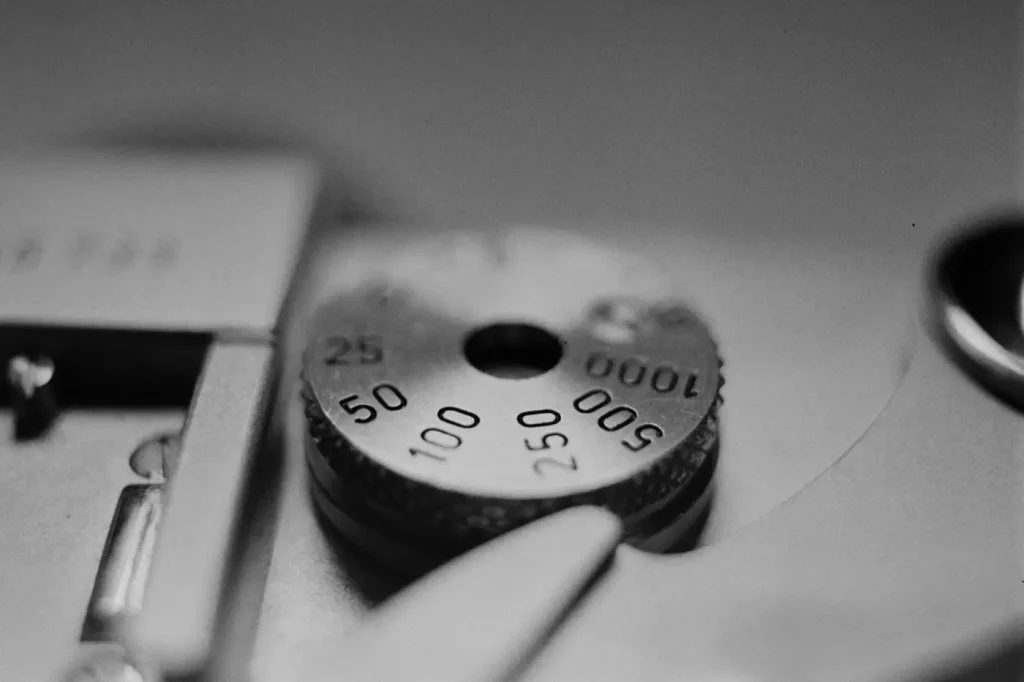
I think the shots overall look decent, and sharp. The grain looks finer to me than in the first roll. The grain still has a certain “blotchi-ness” that I did not see in other low speed films or the control film below (probably hard to see online). Imperfections are obviously expected in a 40 year old film!
Roll 3 (Control): Rollei RPX 25 (unexpired)
Lastly, here some shots from one of my favorite “modern” low grain films, the Rollei RPX 25. See my previous post where I did an informal review of several Rollei films Experiments with three Rollei 135 Film Stocks – by Daniel Sigg including this one. I developed again in Rodinal 1+50; this time using the massive chart recommended time of 11 minutes at 20 degrees Celsius.
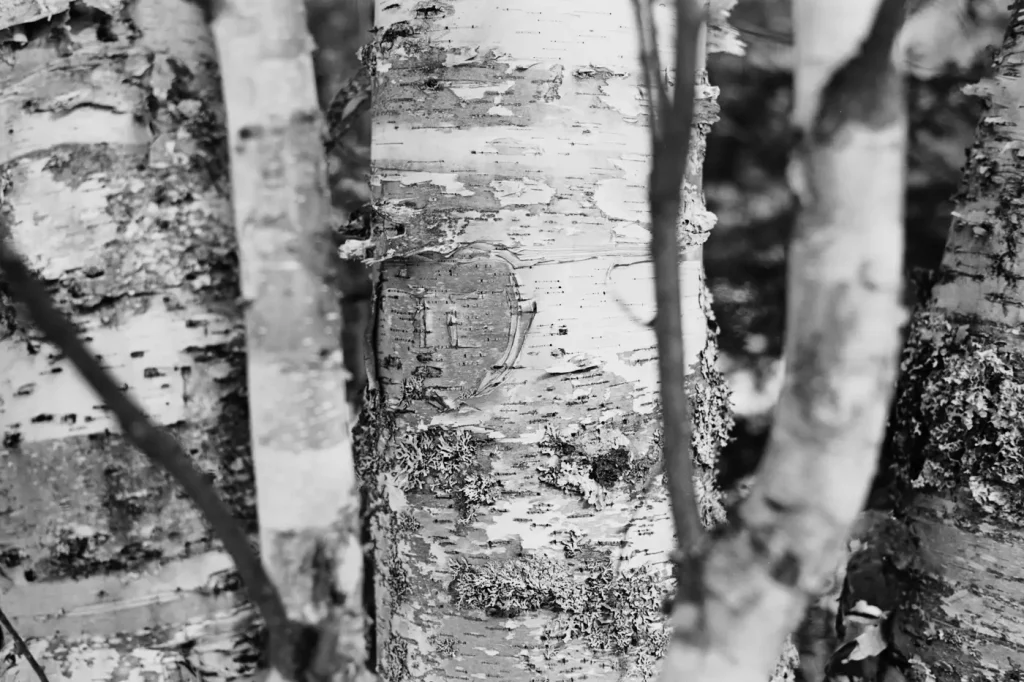
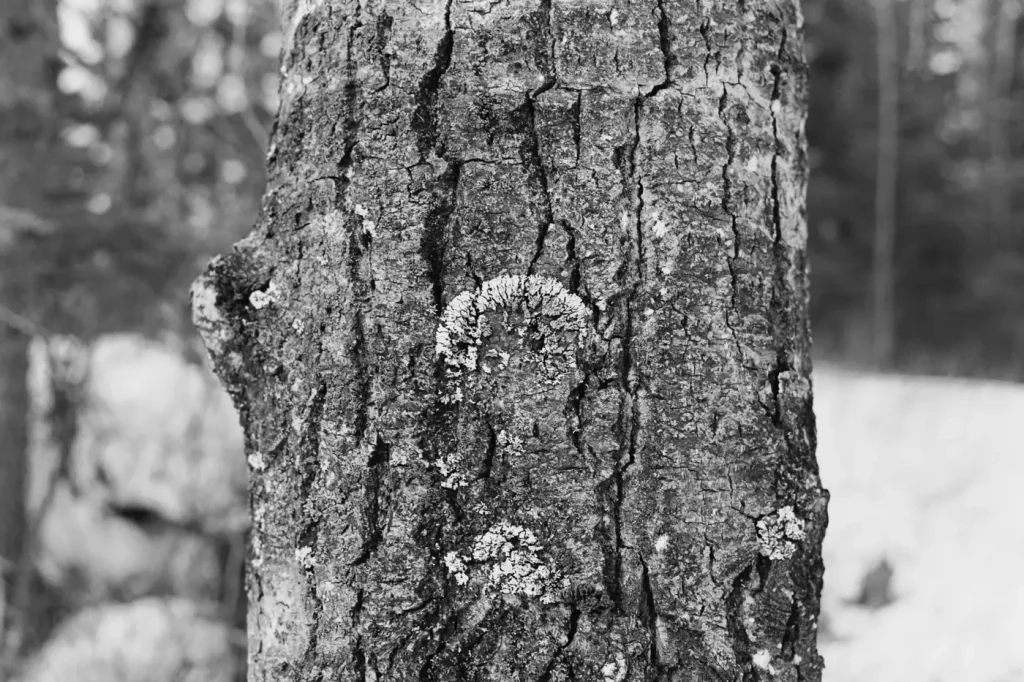
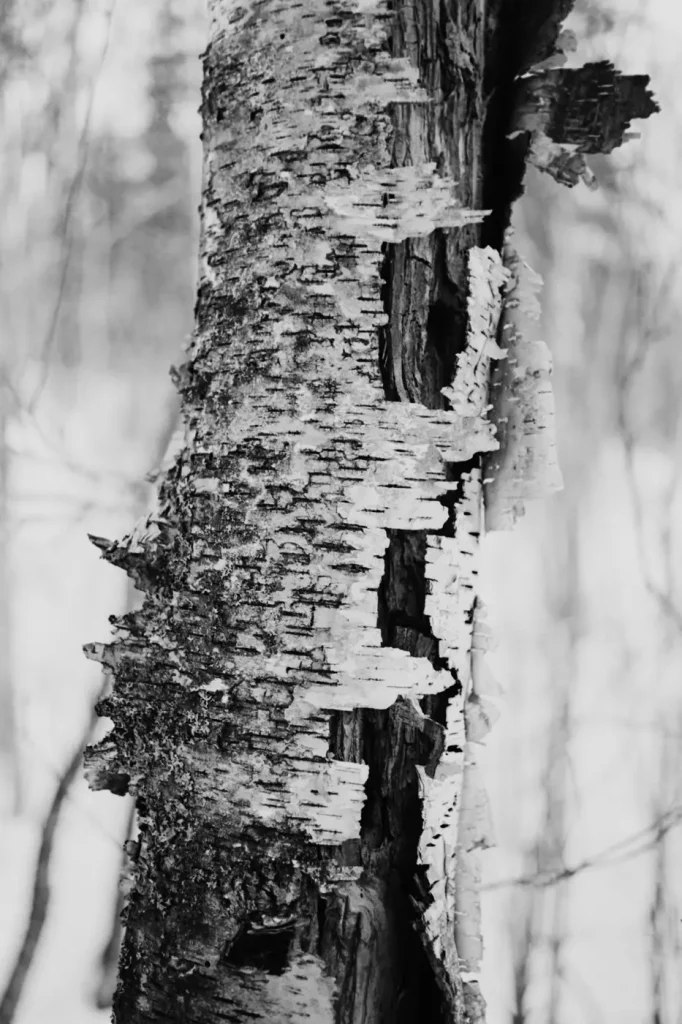
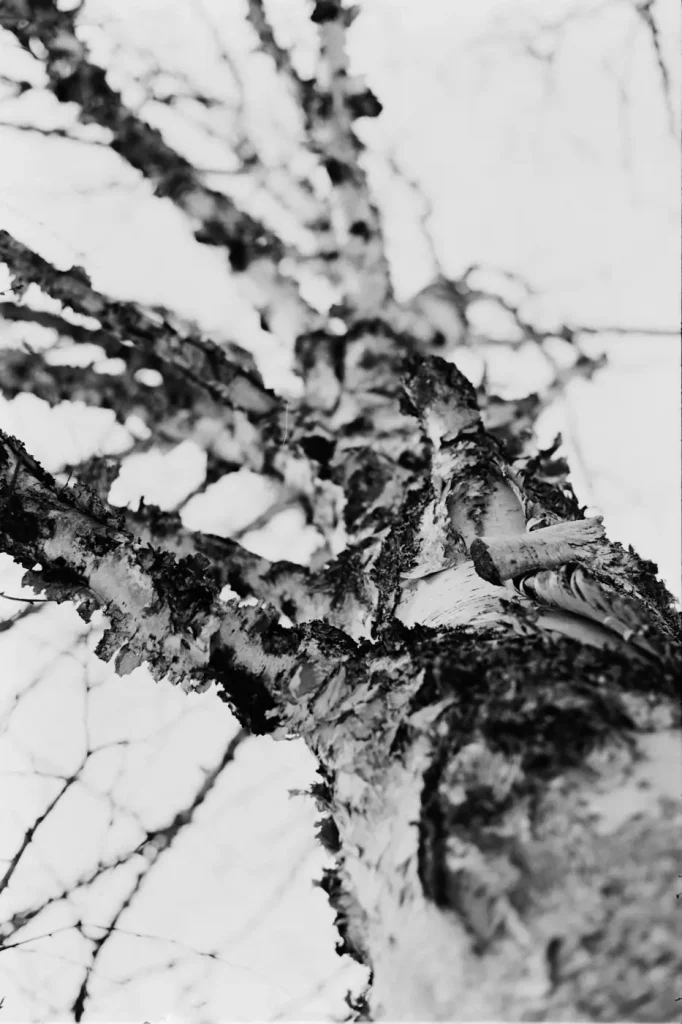
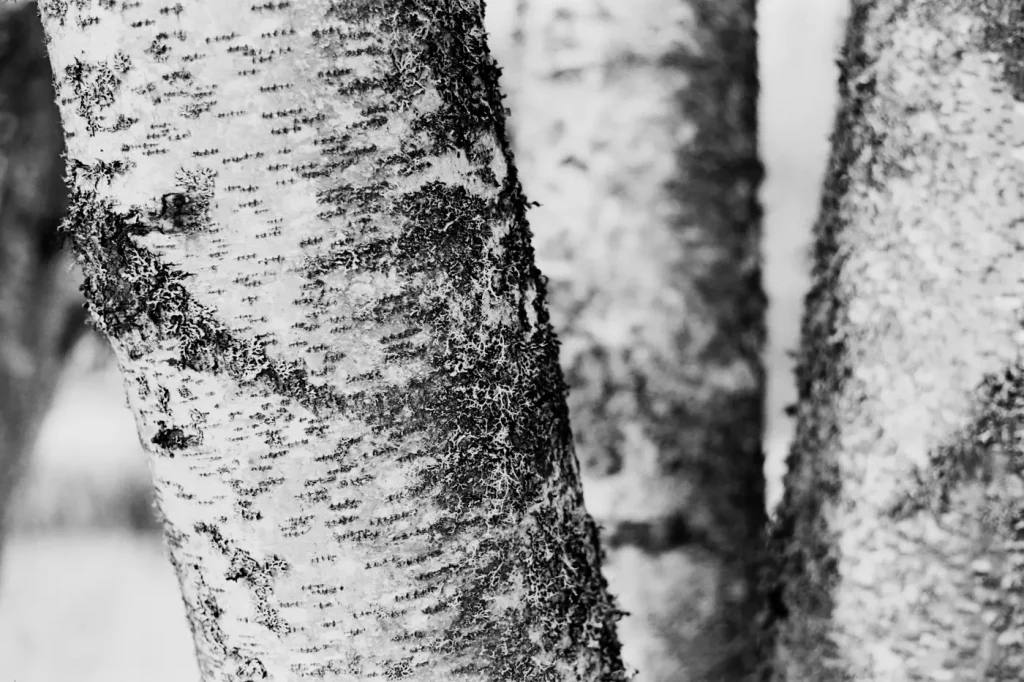
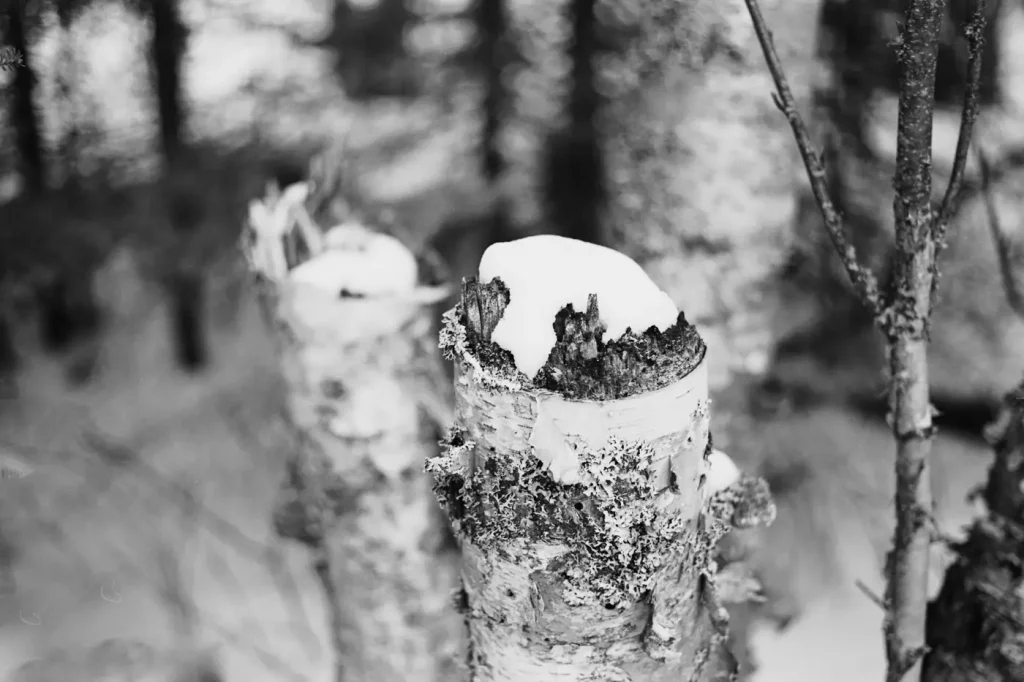
That’s all. It’s fun to experiment, and I look forward to doing more experimentation with expired film.
Let me know in comments below what your experiences are with this or other expired films, and what you think of the different film stocks. And what your favorite low ISO film is.
Also, if you ever want to swap films, or just connect, reach out to me via my Instagram. Always happy to connect with other photographers.
Thanks, again, Wendell, for contacting me, and sharing your expired film! And thanks, Hamish, for letting me share some of these experiments.
And thanks to you, readers, for reading!
Share this post:
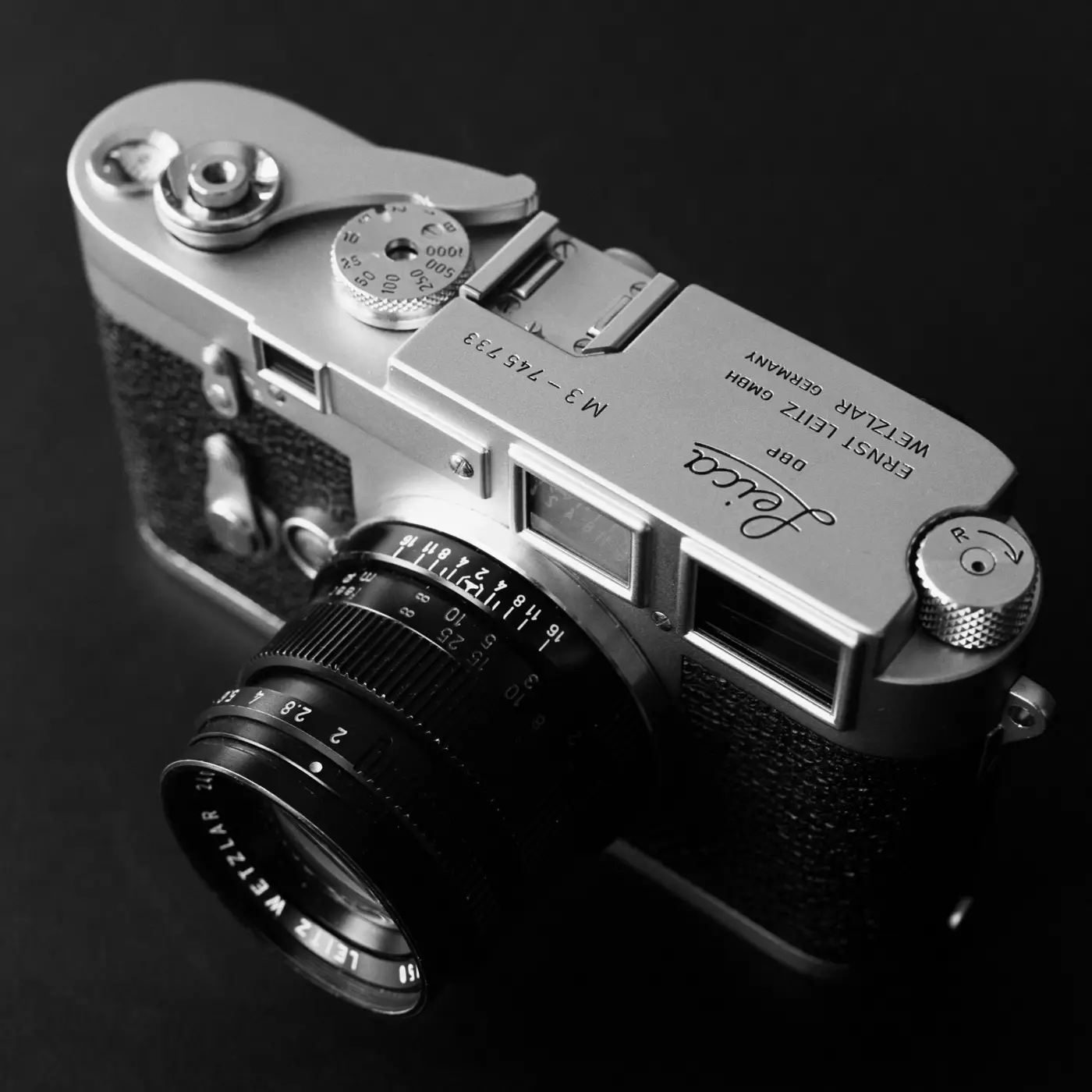








Comments
Rod F on 40 Year Old Black and White Film: experiments with three German Film Stocks (and a 1955 Leica M3) – By Daniel Sigg
Comment posted: 30/04/2020
Comment posted: 30/04/2020
Terry B on 40 Year Old Black and White Film: experiments with three German Film Stocks (and a 1955 Leica M3) – By Daniel Sigg
Comment posted: 30/04/2020
Given the age of these films the results have come out exceedingly well, and far better than many (anyone, even) would have imagined. What is key here, is that the films you were given have a known provenance in their storage over all these years, so with just a little tweaking with exposure and development, I'd say you have definitive results.
Thanks for taking the time to conduct this experiment and showing us the results.
Comment posted: 30/04/2020
Paul Elcock on 40 Year Old Black and White Film: experiments with three German Film Stocks (and a 1955 Leica M3) – By Daniel Sigg
Comment posted: 30/04/2020
I have been experimenting with some Ilford Fp4 film that my brother found in a rubbish dump.Expired 1972. You have inspired me to write a piece with my findings!
Comment posted: 30/04/2020
Christian Schroeder on 40 Year Old Black and White Film: experiments with three German Film Stocks (and a 1955 Leica M3) – By Daniel Sigg
Comment posted: 30/04/2020
I read your article on my phone – and didn’t realize that the opening shot of your M3 was a black-and-white image until you mentioned it. To defend myself, there shouldn’t be much color apart from the Summicron’s yellow markings and the red dot of the rewind knob. :)
Comment posted: 30/04/2020
Merlin Marquardt on 40 Year Old Black and White Film: experiments with three German Film Stocks (and a 1955 Leica M3) – By Daniel Sigg
Comment posted: 30/04/2020
Comment posted: 30/04/2020
Comment posted: 30/04/2020
Comment posted: 30/04/2020
Guest post on 35mmc: 40 YEAR OLD BLACK AND WHITE FILM: EXPERIMENTS WITH THREE GERMAN FILM STOCKS (AND A 1955 LEICA M3) on 40 Year Old Black and White Film: experiments with three German Film Stocks (and a 1955 Leica M3) – By Daniel Sigg
Comment posted: 30/04/2020
Rock on 40 Year Old Black and White Film: experiments with three German Film Stocks (and a 1955 Leica M3) – By Daniel Sigg
Comment posted: 01/05/2020
Comment posted: 01/05/2020
Bent_Brent on 40 Year Old Black and White Film: experiments with three German Film Stocks (and a 1955 Leica M3) – By Daniel Sigg
Comment posted: 01/05/2020
Great post, thanks for the effort.
Comment posted: 01/05/2020